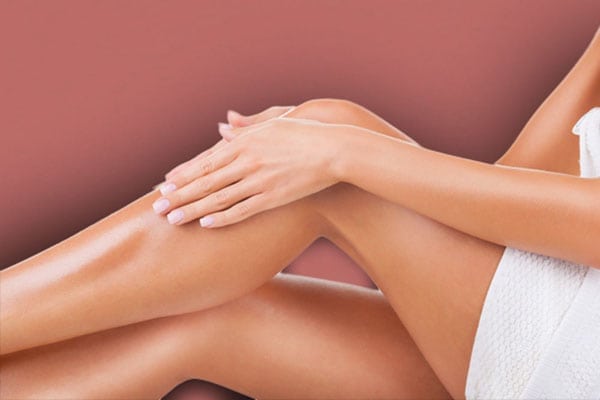Men and women who have varicose veins in their legs often develop dry, itchy, red patches around the impacted areas that are difficult if not impossible to resolve with normal moisturizing lotions. The cause of those red sometimes scaly spots is very likely eczema which can occur fairly commonly with varicose veins.
How Varicose Veins can lead to Eczema
Varicose veins form when the tiny valves inside veins stop working properly. Under normal conditions, these valves help ensure blood flows in the proper direction. But when they stop working or begin working inefficiently, blood flow becomes sluggish, and blood can backup and form pools that cause veins to bulge and turn purple. As they become swollen, these varicose veins put pressure on the surrounding skin, often damaging it and causing eczema or other skin conditions.
Varicose Veins Eczema, a common side effect
Commonly called varicose eczema, venous eczema or gravitational eczema, the condition is a relatively minor side effect of varicose veins and in its early stages, it can be treated topically to provide some relief for itching and redness. In some cases, wearing compression stockings can offer some relief if they are worn every day. But even with these approaches, over time varicose eczema can cause the skin to break down further, eventually causing sores to form and those can be slow to heal. To truly treat varicose eczema, the varicose veins that are causing the eczema need to be treated.
Skin problems and Varicose Veins
Studies show skin problems associated with varicose veins are more common in women than in men, and they also tend to become more common as we age. Today’s varicose vein treatments provide quick and effective relief from the pain and discomfort of varicose veins and their side effects. Dr. St. George specializes in techniques that provide superior results while also helping to speed recovery so patients have less down time. Varicose Veins & Eczema do have a lot in common.




